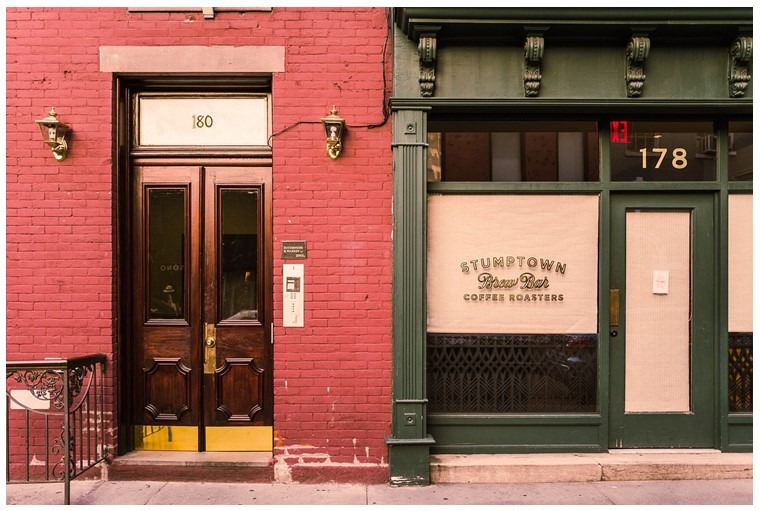Your front door makes a big first impression on visitors and curb appeal plays a large role in a home’s aesthetic value. Upgrading to a new front door can greatly enhance your home’s beauty, security, and functionality. Here are a few tips to help you select a front door that matches your home’s style, fits your budget, and meets all your needs for years to come.
Door Material
The main materials for front doors are fiberglass, steel, and wood. Many modern doors combine two or more of these to create a customized look and function.
Wood remains a classic choice, offering luxurious aesthetics and dent resistance. Common wood types include oak, cherry, walnut, and maple. Thicker solid wood doors with intricate carvings are of higher quality but require yearly maintenance like varnishing. You should inspect the wood yearly for damage.
Steel doors are durable, weather resistant, and very secure. Premium steel doors have an inner steel frame and foam insulation. Custom steel doors can have a stainable wood finish, laminated wood veneer, or other coatings.
Glass doors are gaining popularity for their aesthetic appeal but modern safety glass includes security features to keep you safe.
Fiberglass is a common, affordable choice. It is paintable, durable, and requires little upkeep. However, lower-quality fiberglass doors can crack under impact. Higher-end fiberglass doors provide the best value.
Shop exterior door options that best match your priorities and budget.
Energy Efficiency And Insulation
While steel and fiberglass front doors typically provide better thermal insulation than wood doors, the majority of heat loss from a door actually stems from air leakage around the door frame rather than through the door itself. Thus, when choosing a new front door, the quality of the door frame and the integration of the door and frame are just as important as the door material itself.
Look for features like proper weatherstripping that forms an airtight seal and a well-fitting bottom threshold. Modern front doors often use a “sandwich” construction method combining multiple materials for maximum insulation and security. High-end steel and fiberglass doors especially feature a thermal break separating the inner and outer skins to prevent the transmission of heat or cold that could result in interior frost. Therefore, when assessing door options, consider not just the material but also the insulating construction, how well the door frame seals and integrates with the door, and the presence of features like a thermal break – as all of these factors together ultimately determine a door’s ability to insulate your home and reduce energy costs.
Security
When it comes to security, properly constructed steel, wood, or fiberglass front doors offer comparable strength regardless of material. However, the true test of a door’s security lies in its locking mechanism. Look for features like a deadbolt at least one inch long, a reinforced metal strike plate, and multiple bolt locking pins for maximum security.
If the door has windows, insist on double-certified armored glass that is bullet-resistant and able to withstand sledgehammer impacts. The glass should be properly glazed into the frame for added protection against break-ins.
Advanced locking systems provide an extra layer of security. Consider options like keyless entry via smartphone, transponder, or keypad code access. These electronic locks eliminate the insecurity of traditional keys.
Color
Naturally stained or varnished wood provides an understated, traditional beauty for front doors. The warm tones of amber, brown, and grey complement a range of architectural styles. However, bolder hues can make a stronger visual impact, announcing your personal style.
Popular bold color choices for modern front doors include deep reds, blues, and greens; high-gloss black for a sleek look; and stainless steel for an ultra-contemporary vibe. Vibrant colors visually dominate a home’s facade, turning heads and drawing the eye. When selecting a bold front door hue, consider factors like your home’s architectural style, the design of neighboring houses, and the local aesthetic norms. Warmer tones like orange and yellow may fit better in sunny climates, while cooler blues and greys suit cooler regions. The color you choose should complement – not clash with – the overall design of your home.

